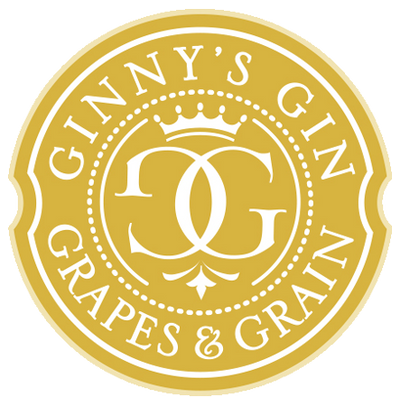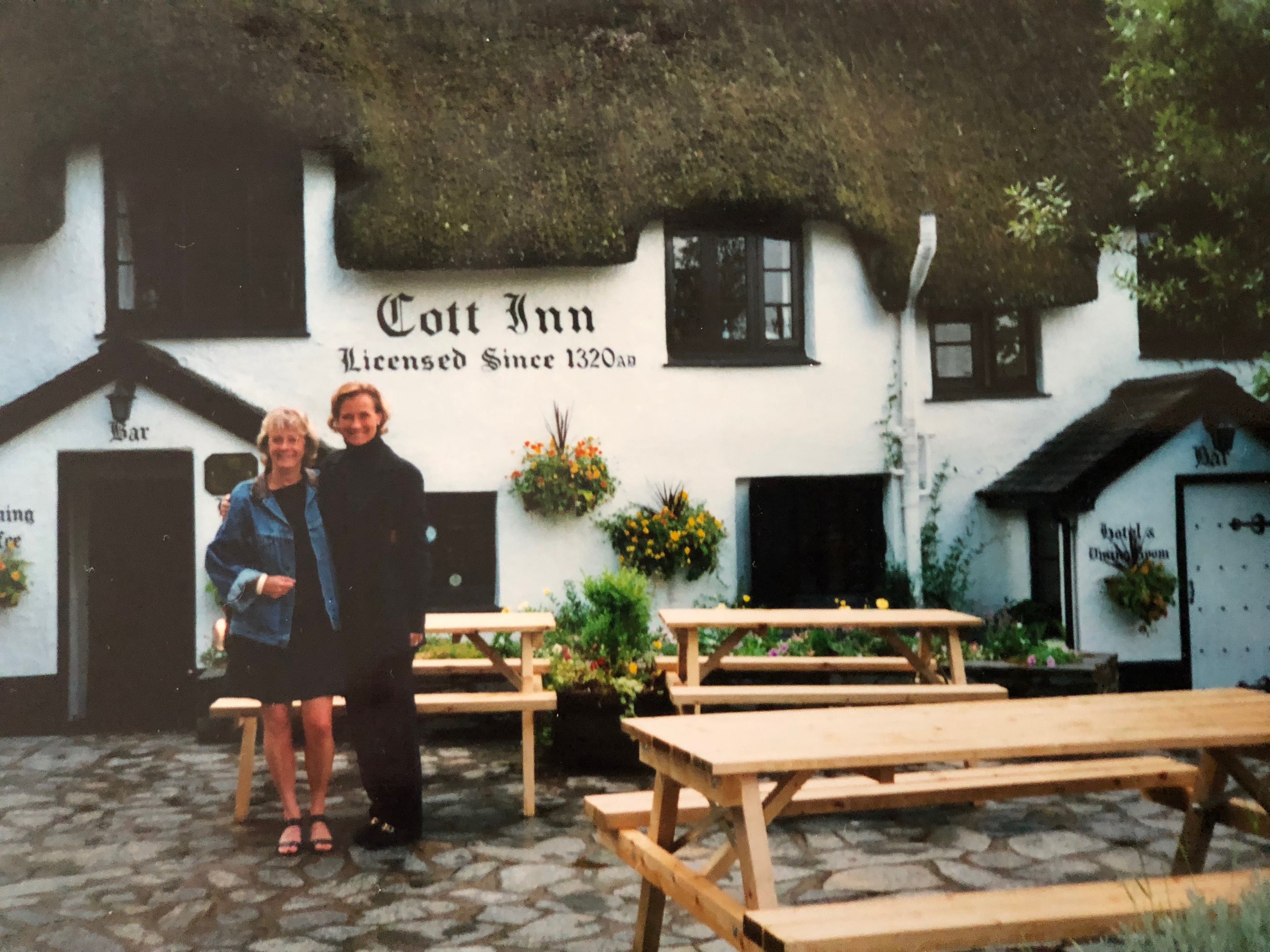When people ask me what I miss most about the motherland, I always respond with the obvious: “family and friends”, but a close third on my list would be the pubs! You might ask why, since America does not lack for drinking establishments. The fact is that English public houses (“pubs”) are so much more than mere “drinking establishments”; they are where we Brits grow up. A prominent part of British life, the pub welcomes young and old, prince and pauper. In your “local”- your favorite, most oft-visited pub - you are just as likely to find yourself chatting with the local judge as the local plumber.
Public places in Britain date back at least as far as the Romans, who opened them along the roadsides to fortify occupying Roman soldiers with wine, and hung vines outside to indicate the offerings within. Centuries later, at a time when most of the working population were still illiterate, medieval publicans would hang distinctive objects outside their establishment, to distinguish them from their competitors, giving birth to the first iconic pub names such as The Plough, The Copper Kettle and The Boot.
Throughout history, ale and beer have always formed a part of the staple British diet, the brewing process itself making it a much safer option than drinking the water of the times. Thank goodness, however, Gin arrived on our shores in the early 18th century, so cheap and cheery it ignited a craze that swept the country and inspired the building of temples at which to worship this new holy spirit – the ornate, ostentatious “Gin Palaces” I mentioned in my last post. Eventually, laws restricting gin’s consumption throttled the craze to a mere frenzy and these glittering altars to alcohol faded from the landscape, yet their design influenced many aspects of later Victorian pubs that remain to this day: the gilded mirrors and etched glass, as well as the shop-counter style bar to which we all belly-up.
My first recollection of such a pub was at the age of seven after my parents moved us out to the Gloucestershire countryside. Sunday Roast lunch would be preceded by drinks at the 16th century Coal House Inn on the banks of the River Severn (us kids would be allowed a packet of crisps and a bottle of coke). In the morning I proudly helped mum prepare the large meal which might include lamb (I made the sauce with mint I collected from the garden), beef and Yorkshire Pudding (I grated the horseradish for the dressing) or chicken accompanied by bread sauce (which I worked hard to make the right consistency). With the meal prepped and the oven-timer set, my mother led us all on foot to the pub to relax and socialize over Gin & Tonics with a large crowd of family members, knowing that all there was left to do upon her return home, nicely “warmed” from her libations, was pull the roast from the oven and make gravy from the drippings.
Often, I will recall important times in my life simply by visualizing a specific pub. For instance, there is The Snooty Fox (named by a proprietor snubbed by the local hunt club) or The Farmers Arms where we preteen equestrians assembled for the Hunt Stirrup Cup, named for the goblet filled with port or sherry that made the rounds prior to the hunt. Having known me for ages, the publican would sneak me a small tot to calm my nerves as our horses fidgeted and frothed at the bit in excited anticipation of the day’s impending ride. Other pubs near old hunting grounds brandish names such as The Greyhound or Dog and Duck. What an exhilarating time: miles of hills to gallop up and down - ditches, hedges and gates to jump!
Other public houses such as The Saddlers’ Arms or The Golden Fleece (for the wool trade), chose to associate themselves with the predominant trade in the area to attract its craftspeople. During my time at boarding school, as we approached legal drinking age (18 in Britain), we would sneak out to meet our day pupil, driving girlfriends Lynn and Jo, to get a lift to the pub. When our memorable achievements should have been high GPAs and college acceptances, our greatest feat by far was the time we managed to get 10-up in Jo’s Mini Cooper and ascend the hill to The Carpenter’s Arms!
Another recurrent theme is heraldry: The Red Dragon formed part of the Welsh coat of arms, The Unicorn part of the Scottish and the White Boar was from the emblem of King Richard III. Names like The Crown were another easy way of pledging support to the reigning monarch without having to change with the occupant of the throne. After college and a stint abroad, a few of us school friends assembled at The Green Dragon to catch up. After an especially lubricating lunch we decided to attend the local Cowley Church fete. Turns out they were having a Tug-of-War to raise funds for the building of its new roof. Ever the philanthropist, I put together a scratch team, made myself front man and christened us “The Melons”, a nickname given to me by my old schoolmates (I happened to attend a boys boarding school at the time they had just started accepting girls!). When faced with a rather professional-looking opposition anchored by a huge rugby player, I impulsively executed a rather provocative diversionary tactic intended to put all on the other side of the rope off their stride and which landed my photo in newspapers across the country! The articles, with heated headlines such as “Ginny’s Storm in a D-Cup!” and "Heave Oh!" claimed that the vicar was outraged when in fact, during tea at my sister’s the next day, he admitted that he hadn’t even seen it.

Pub names offer a glimpse into the past of an area, even when all other evidence has disappeared. The Leg of Mutton is a common name, mostly found in villages that used to raise sheep. The Hung Drawn and Quartered and The Strugglers were likely close to the site of a hangman’s noose. Pubs were also places to enjoy entertainment - such as cock-fighting or bear-baiting, hence Ye Olde Fighting Cocks or The Dog and Bear. While I swear I baited nothing other than an overgrown rugby player in my time, when visiting from afar I gravitate to those pubs that are associated with the longtime friends that live, or used to live, nearby. The Hunters Hall is a go-to when visiting Bob and Anna at Bagpath, The Bunch of Carrots where, as students, we would congregate when visiting Jamie (a pub which owes its name not to vegetable-worshipping farmers but to an unusual rock formation in the nearby River Wye), The Ferry Inn where we dined on fresh crab sandwiches and pints of cider while holidaying in Salcombe and The Bathurst Arms where we'd meet up with friends who were attending the nearby Royal Agricultural College.
In England’s pubs I acquired life skills by mastering Skittles, Darts, Snooker and the nuances of a coin game called Spoof. Then there are the pubs where I fell in and out of love, where as students we discussed our dreams and fears, comforted each other during difficult times and where I always visit with family and friends each and every time I return to “Old Blighty”.

